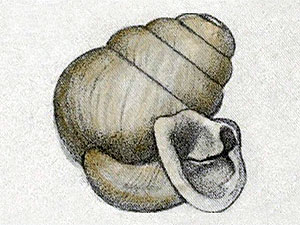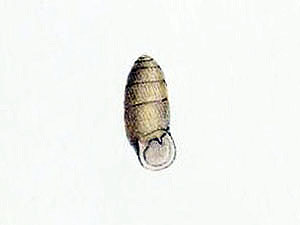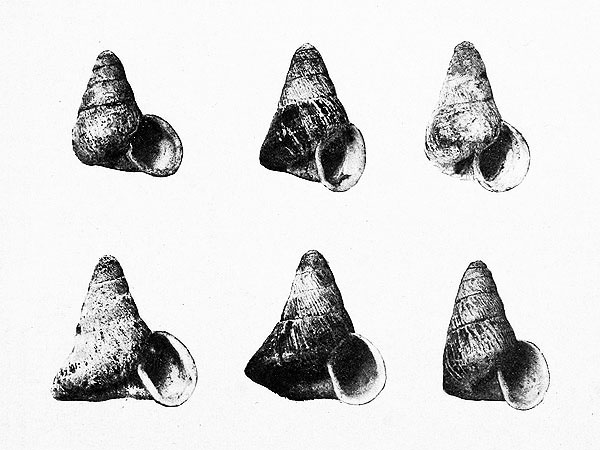This species was described in 1859; it was endemic to the island of Rodrigues in the Mascarenes, however, its taxonomic status is not resolved.:
“Taxonomic issues arose concerning two species when they were submitted to experts, although they had never been reported as nonvalid species in the scientific literature; because their taxonomic status is unclear (the biological species designated by their names are unknown), they were classified as impossible to assess. However, due to this taxonomic uncertainty, no data are available apart from their original 19th-century descriptions, and the model evaluates them as extinct. These taxa are Coilostele acus and Perrottetia piriformis.” [1]
***
The genus should not be confused with the plant genus of the same name.
*********************
References:
[1] Claire Régnier; Guillaume Achaz; Amaury Lambert; Robert H. Cowie; Philippe Bouchet; Benoît Fontaine: Mass extinction in poorly known taxa. Proceedings of the National Academy of Sciences. 1-6. 2015
*********************
edited: 09.11.2021



